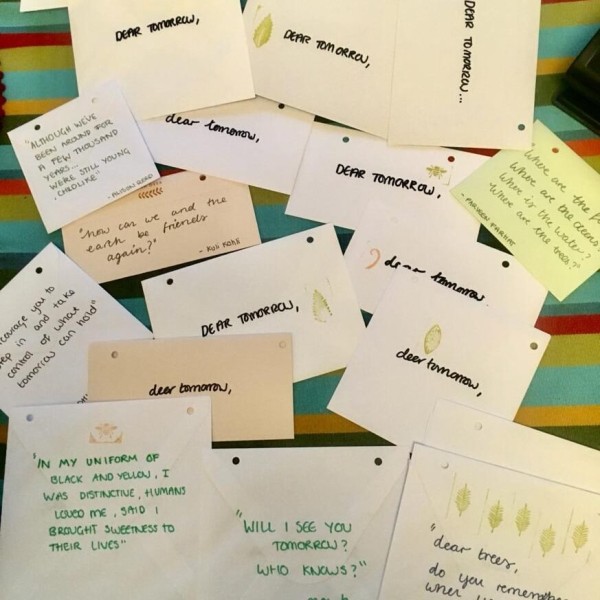Today we thought we would share a snippet of the fascinating and rare beginnings of the Boundary Way Allotments, as researched and written by acclaimed allotment historian Twigs Way. Twigs came to the allotment in 2017 as part of a heritage project by the Boundary Way Project, and her consequent research and insights revealed much about the character of the site from its beginnings to the present day.
The allotment has been shaped by its history and we are delighted to be celebrating it as part of our National Allotment Week celebrations.
"Both the Warstones housing estate and the allotments were established in the post-war building boom (between c1950-1953) on what had been open farmland as part of the Highfields Farm. The Highfields Farm and its fields were sold at auction on the retirement of the then farmer Percy Collins. Frederick Reade (a nephew of Percy Collins) had hoped to purchase the farm but at the last moment it was made subject to a Compulsory Purchase Order as the council needed the land for development. Reade did however secure a short term tenancy on the land until development planning was granted, and his son Robert Reade recalls ploughing the fields where the allotments would eventually be. The family still own the Highfields Farm, which is has formerly been known as Newhouse Farm and also Hillcroft Farm.""The Warstones Estate which spread over most of the original farm land was built to provide homes for ex-servicemen and was constructed by a firm called Mucklow, whose motto was ‘a house a day’ summing up this post-war rush for housing. Mainly semi-detached houses selling for £320—£400 the houses had their own gardens, but not sufficient for those who had become accustomed to growing their own in the Dig for Victory campaign. As the new residents moved onto the estate they approached the council with a demand for allotment provision and the Reades were given notice to quit. The right to demand allotments had been enshrined in earlier Allotment Acts (most notably the 1886 and 1908 acts) and it was this duty that the council responded to. " !Boundary Way in 1950 Boundary Way in 1950 (photograph courtesy of Derek Thom)[/caption] "There had already been an allotment site in the Penn Fields area, which during the war had been the focus of action by what was then known as the Lower Penn Food Production Guild, established on the outbreak of war in 1939 as a ‘short term measure’. The Chairman of the Guild was another farmer called Ted Icke, whose son eventually took over from him. All allotment holders on the Boundary Way allotments also became members of the Guild, and the same still applies despite a name change to the Penn and District Gardening Society. Through the war the Lower Penn Food Production Guild held shows for vegetables and flowers, as well as poultry and rabbits, a common and patriotic activity during the war years. However, unlike many such societies the Guild did not fade away after the war but took on new members as the Boundary Way Allotments opened." "Bob Morris, a long time plot holder, recalls the opening day of the Boundary Way allotments when the traditional drawing of lots was carried out to see who would get a plot as demand exceeded supply. Bob was newly de-mobbed from the RAF and had moved to the Warstones estate along with other ex-servicemen. The plot was to be a lifetime hobby as well as a way of saving money in times of hardship, and Bob maintained the plot until he moved away from the area aged ninety! Also amongst the allotment holders that remember the original farm was Derek Thom. Born in 1948 and interviewed in 2017 as part of the Boundary Way project, Derek remembers the Reade family and the early days of the estate and allotments. His father took on three allotments at one time, but reduced it to two and then one, which Derek ‘inherited’ in the 1970s. Further to the north was the new school (Highfields) that also served the estate and was established in c1957." !Boundary Way in the 1960s Boundary Way in the 1960s (photograph courtesy of Derek Thom)[/caption] To carry on reading and to discover more about the history of Boundary Way and Wolverhampton Allotments, visit our Brochure here. This download tells the story of the allotment from its formation in 1953 to the current day, and takes an in-depth look at the work of the Boundary Way Project. It reflects the community, creativity and rich history of Boundary Way Allotments & Community Garden. Happy National Allotment Week!


